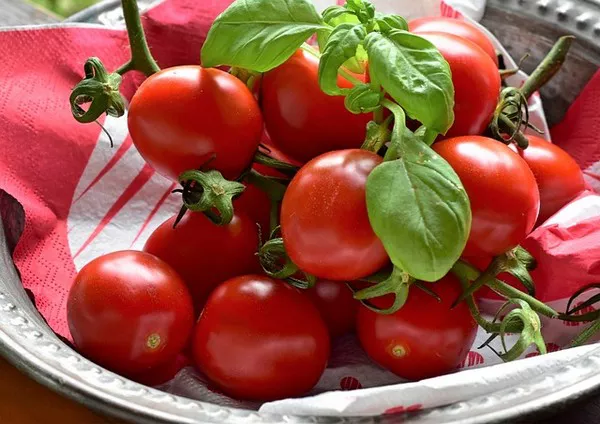Tomatoes are a popular and versatile addition to home gardens, providing vibrant color, rich flavor, and a host of nutritional benefits. To ensure a bountiful harvest, it is crucial to support tomato plants properly throughout their growth cycle. Adequate support not only promotes healthy plant development but also protects the fruits from damage. In this comprehensive guide, we will explore various methods and techniques to support tomato plants, ensuring a successful and rewarding gardening experience.
Choosing the Right Tomato Varieties:
Selecting the appropriate tomato varieties for your garden is the first step towards successful cultivation. Determinate varieties tend to be more compact and self-supporting, making them suitable for smaller spaces or container gardening. Indeterminate varieties, on the other hand, are more sprawling and benefit significantly from support systems.
Staking:
One of the most traditional and effective methods of supporting tomato plants is staking. Staking involves securing the main stem of the plant to a sturdy vertical structure. This helps prevent the plant from sprawling on the ground, reduces the risk of diseases, and facilitates better air circulation. Here’s a step-by-step guide on how to stake your tomato plants:
a. Choose Sturdy Stakes: Opt for sturdy, durable stakes made from materials like wood, metal, or fiberglass. The stakes should be at least 5 to 6 feet tall to accommodate the plant’s height as it grows.
b. Plant Placement: Drive the stakes into the ground at the time of planting, positioning them about 2-3 inches away from the base of the tomato plant. This prevents damage to the roots while providing ample support.
c. Secure the Plant: As the tomato plant grows, gently tie the main stem to the stake using soft twine or garden tape. Avoid tying too tightly to allow for natural expansion as the plant matures.
d. Regular Maintenance: Check the ties regularly and adjust them as needed to accommodate the plant’s growth. Staking is a simple yet effective method that ensures vertical growth and easy maintenance.
Cage Systems:
Cage systems are another popular method for supporting indeterminate tomato varieties. These structures consist of wire cages that encircle the tomato plant, providing support and containment. Cages offer several advantages, including ease of installation, excellent air circulation, and minimal interference with plant growth. Follow these steps to implement a cage system:
a. Select Appropriate Cages: Purchase or create sturdy wire cages with a diameter of at least 18 inches. This ensures sufficient space for the tomato plant to grow and spread.
b. Install the Cages: Place the cages over the young tomato plants at the time of planting, ensuring they are securely anchored in the soil. The cages should be tall enough to accommodate the plant’s mature height.
c. Monitor Growth: As the tomato plant grows, guide the branches through the openings of the cage to encourage upward growth. This method helps maintain an organized and well-supported structure.
d. Pruning for Optimal Growth: Regularly prune the lower branches and suckers of the tomato plant to enhance air circulation and focus energy on fruit production. Cage systems are ideal for gardeners seeking a low-maintenance support option.
Trellising:
Trellising is a versatile method that provides vertical support for tomato plants, making it suitable for both determinate and indeterminate varieties. Trellises can be constructed using various materials, such as wood, metal, or plastic. Here’s a guide on how to trellis tomato plants:
a. Set Up the Trellis: Install a trellis system, ensuring it is securely anchored in the ground to withstand the weight of the growing plants. Choose a design that allows for easy access to the tomatoes for harvesting.
b. Attach the Tomato Plants: As the tomato plants grow, secure them to the trellis using soft ties or garden twine. Gently guide the main stems along the trellis, providing support for the branches and developing fruit clusters.
c. Encourage Vertical Growth: Trellising encourages vertical growth, optimizing space and sunlight exposure. Regularly check for any signs of sagging or instability in the trellis and address them promptly.
d. Pruning and Maintenance: Similar to cage systems, trellising benefits from regular pruning of lower branches and suckers. This helps maintain a well-organized and supported structure, maximizing the plant’s energy for fruit production.
Conclusion:
Properly supporting tomato plants is a crucial aspect of successful gardening, ensuring healthy growth, disease prevention, and a bountiful harvest. Whether you choose staking, cage systems, or trellising, each method has its advantages and considerations. Tailor your approach based on the tomato varieties you are growing, available space, and personal preferences. By implementing effective support systems and incorporating regular maintenance practices, you’ll be well on your way to cultivating robust, productive tomato plants in your home garden.


